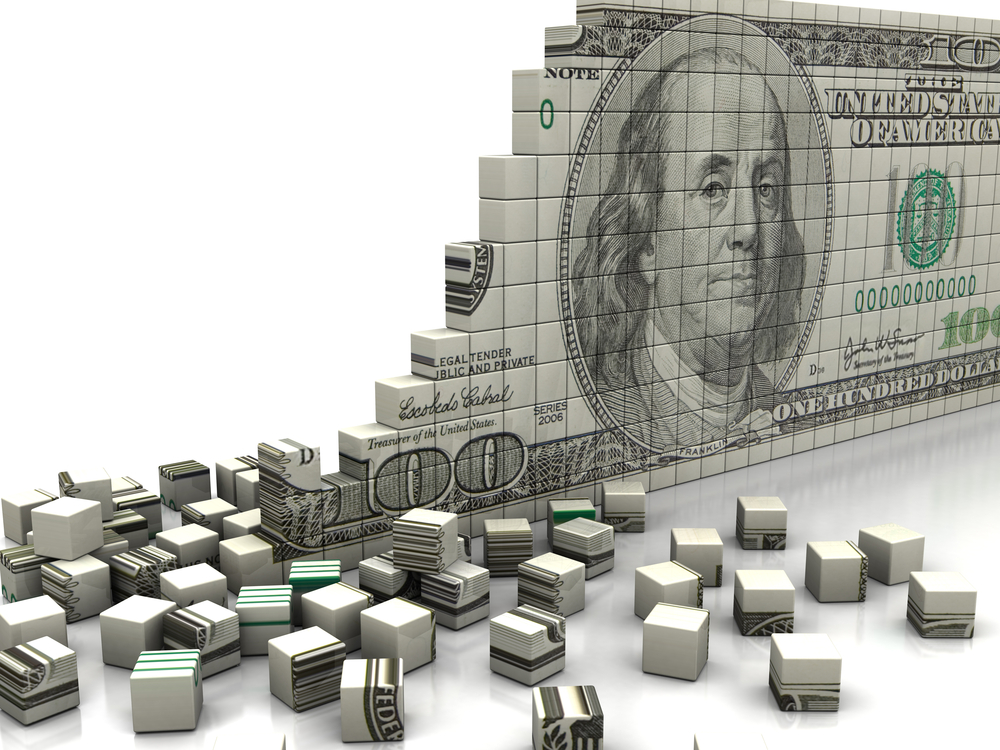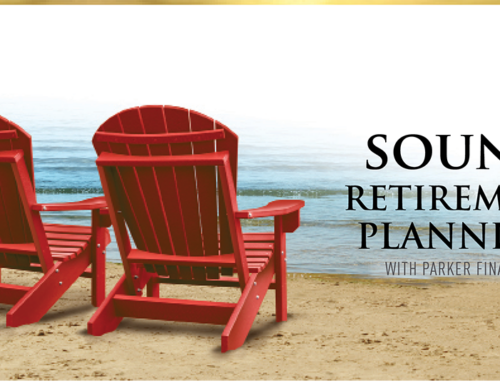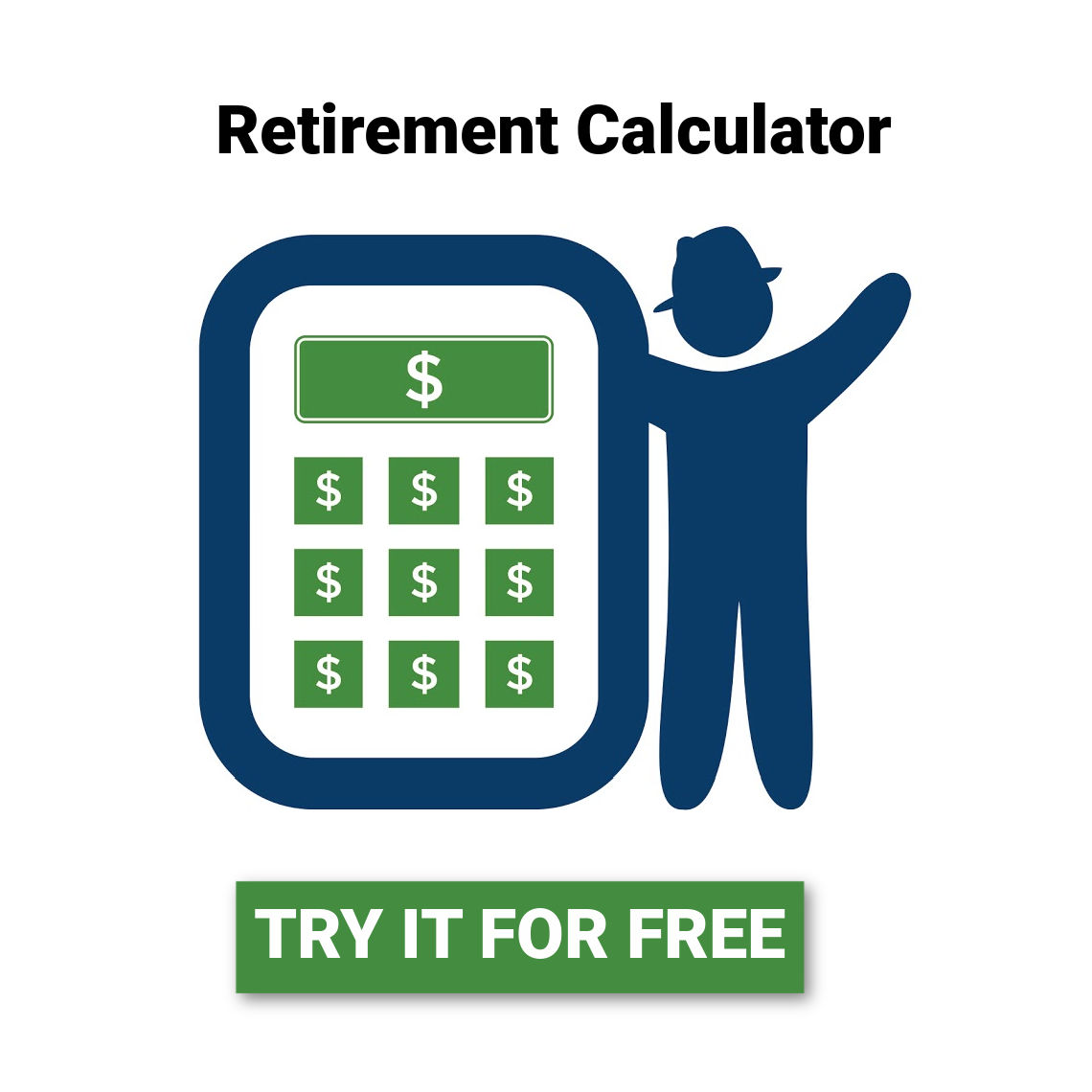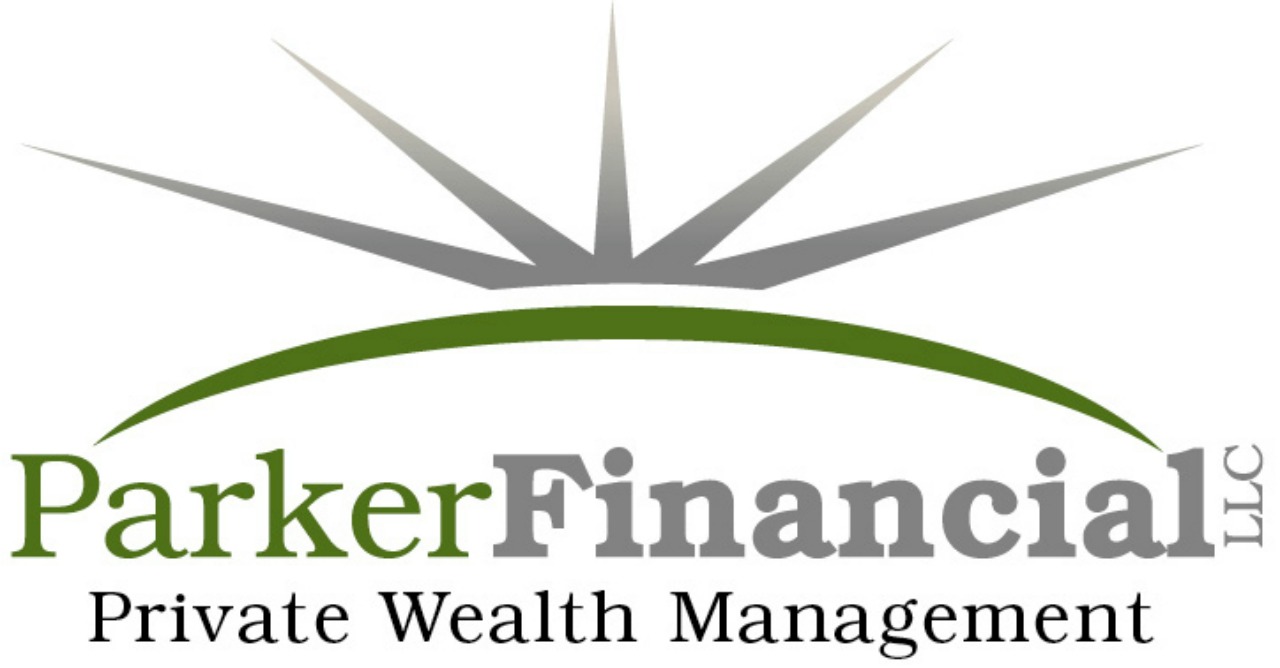Gas used to cost thirty cents a gallon, and other important reasons to factor inflation into your retirement plan.
A dollar doesn’t buy what it used to. That’s not just a saying, it’s a fact. In the United States, relatively low inflation rates have still compounded to dramatically reduce buying power for average Americans. For example, throughout the early 1960’s, the price for a gallon of gas bounced between 30 and 35 cents. Since then, gas prices have increased more than 800% to $2.54 per gallon.
But it’s important to remember that gas isn’t the only product increasing in price. Nearly every product from underwear and t-shirts, to burgers, to rent and utilities, to healthcare increases in price over time.
Of course, most people know that prices increase over time. However, the compounding nature of inflation can come as a shock as you approach retirement or even during your retirement decades. These are some of the most important things to understand about inflation as you plan for your retirement.
Your buying power will decrease throughout your retirement
In the United States, the Federal Reserve Bank sets a target inflation rate for the economy as a whole. Right now, the Fed targets an inflation rate of 1.7-2% annually. That means that your overall purchasing power is expected to decline by a bit under 2% per year.
The way economists measure inflation is using a metric called the Consumer Price Index. It measures how average prices on a “basket” of goods changes over time. The index includes things like the average price of rent, fuel, food, and other necessary and discretionary items. If your personal spending exactly matched the basket of goods selected by the U.S. Bureau of Labor Statistics, your spending power would decrease exactly by the rate of inflation during retirement.
Of course, nobody spends exactly the way that the Consumer Price Index indicates. During retirement, your “personal” rate of inflation matters much more than some index. As you age, you can expect that healthcare costs will rise in general, AND your need to use health care (such as medicine or doctors visits) will increase too.
At the same time, you may make moves to decrease your personal rate of inflation during retirement. Many people opt to pay off their home before retiring which decreases your personal cost of housing. You may even opt to downsize your home to reduce utility costs and taxes.
Because the personalized rate of inflation matters so much, The Retirement Budget Calculator allows you to model personalized inflation rates. For example, you can model healthcare increasing at a rate of 7% per year, while your house payment falls to zero, and your utilities increase at just 2% per year.
The personalized rate of inflation can help you answer, “Do we have enough to retire?” and “Can we afford our desired lifestyle in retirement?”
You may need to save more aggressively now
Of course, inflation doesn’t just kick in when you start retirement. As a rule of thumb, prices are slowly increasing year in and year out. If you’re ten years from your desired date of retirement, your buying power at retirement will be lower than it is today. In fact, if you assume a 2% annual inflation rate, your buying power will be 22% lower in just 10 years. In just 35 years (that is, 25 years into your retirement), it will take $2 to buy what you could buy with just $1 today.
If you spend $5,000 per month today, a portfolio of about $1.5 million (25 times your annual spending) is likely to sustain your lifestyle for thirty years, even including inflation. But if you don’t plan to retire for 20 more years, you may need something closer to $2.2 million dollars to retire.
The Retirement Budget Calculator can help you determine a general target for your retirement nest egg if you’re more than a decade from retiring. With a realistic target in mind, you can adjust your savings and investing to hit the target in a timely manner. If you’re just a few years from retiring, the calculator can help you understand what lifestyle adjustments can help you achieve the retirement that you want.
Your expected rate of return needs to beat inflation
After decades of diligent saving and investing, most retirees don’t want to see their portfolio cut in half by a bear market. In fact, taking a conservative approach towards investing in retirement, can be very wise.
However, retirees need to avoid two traps in retirement. If your fund selection is too aggressive, a bear market could wipe out your portfolio when you still need to draw from it. If you’re too conservative, for example keeping most of your money in CD’s and government bonds, the return on your portfolio will be lower than the rate of inflation.
Balancing the need for growth with the need for security can be tricky. There is no way to guarantee that you’ll get the rate of return that you need. The Retirement Budget Calculator can help you model different portfolio returns, so you can see what type of return you need to retire when and how you want. A trusted financial adviser can help you understand whether that rate of return is realistic, and how risky it is.






